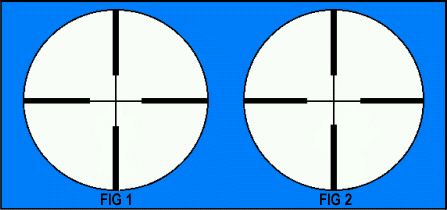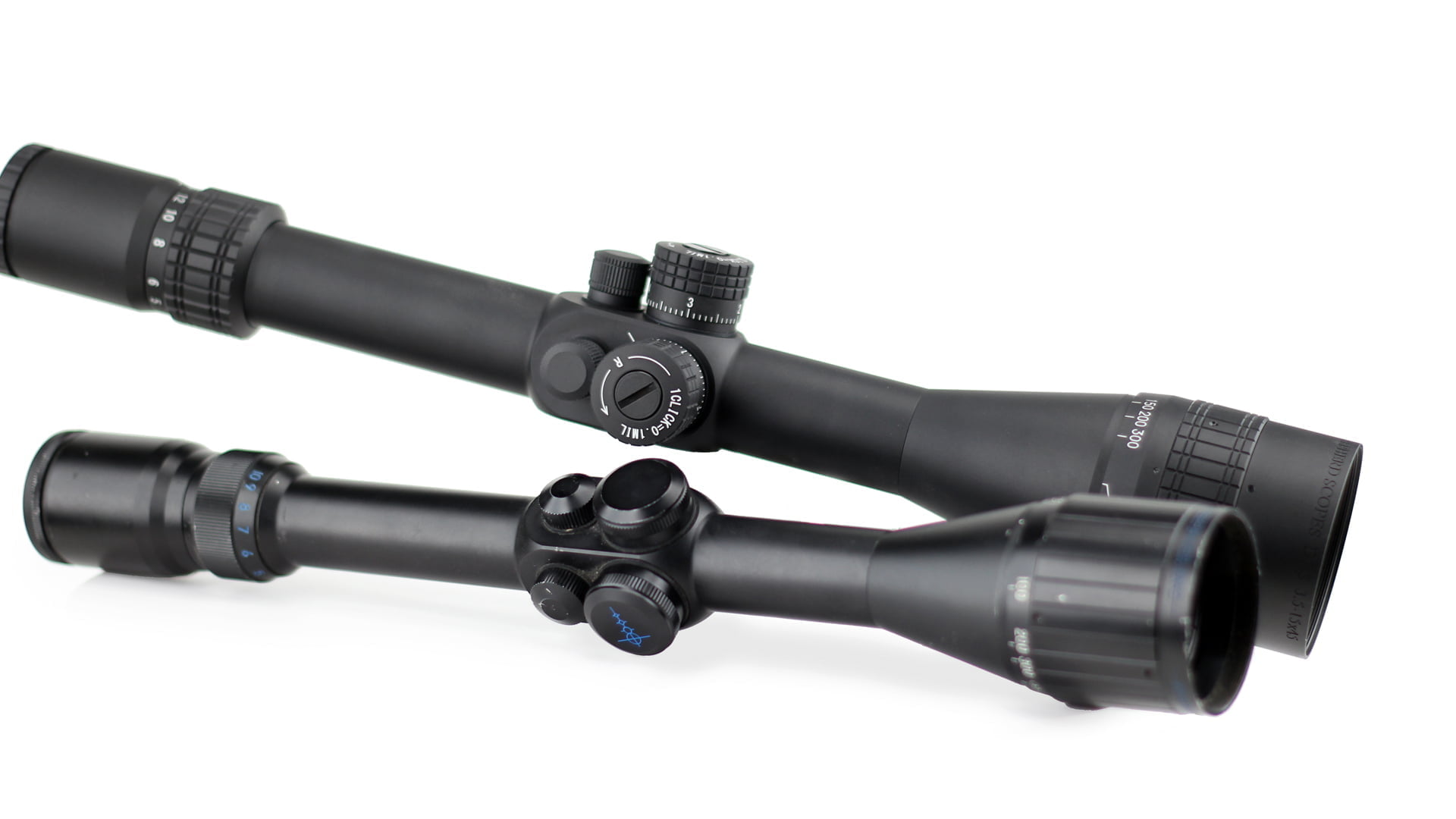There are multiple reasons why a riflescope could fail. It is important to understand these and mitigate the risk. The Shepherd Dual Reticle System (DRS), can be used to diagnose most problems by simply looking through the sight. This improves confidence, especially on a cold barrel shot, when it’s all on the line. The figure below illustrates some areas in a riflescope that can have an issue.

A riflescope consists of an Ocular Assembly, Objective Assembly, Erector Assembly, Turret Assemblies and depending on the model various other subassemblies which are critical to the functionality of the riflescope. Typically, in order for the scope to be guilty of scattered or bad groups, something inside between the reticle and the target must move. As you can see by the image above there are four lenses between the reticle and the target. If any one of these lenses move, your point of impact will change in the scope. The figure below shows all the components that are critical points of failure.

In a variable power scope there are a minimum of 23 pieces that can potentially become loose and move. If these components are in the critical assemblies or the reticle itself, the riflescope could no longer be precise and/or accurate. With a typical crosshair, as shown below, this could potentially be very difficult to determine without shooting at a test range. Even if the shooter can fire test rounds there is a chance that the problem could be tough to chase. The cause of the issue is sometimes elusive as it could be anything from the mounts to the riflescope or even the rifle itself.

In the image above there is almost no way to tell if the riflescope has been damaged. The shooter will have to fire test rounds and then go through a troubleshooting process on each part of the system. The riflescope, the mounts, the firearm etc. If the system is the patented Shepherd duel reticle system the story is quite a bit different. The key to this system is that the reticle system is in both focal planes.
With the patented dual reticle system you have a tremendous advantage over standard riflescopes. As seen by the drawing above the Shepherd DRS riflescope crosshair also has the four lenses between it and the target. Also, as with any scope on the market, the Shepherd scope can be knocked out of zero by movement of these lenses under recoil, dropping the sight etc. However the Shepherd first focal plane reticle has only one lens between it and the target. That makes this reticle’s zero almost indestructible. It is more reliable than even the most expensive combat scopes since it has fewer parts that can knock it out of zero.

In addition to this stability there is the fact that zooming the scope’s power up or down has absolutely no effect what-so-ever on this reticle. It can’t because the zoom lenses are not between the reticle and the target. As a matter of fact if you could lock the scopes tube from the center of the saddle back, so the front half of the scope would not move and bend the rear of the scope as far as you like and you wouldn’t change the zero on the circles. As long as you could see the circles you could aim and hit with them.
As with any high precision critical process the more information and feedback the user has the more control that user has over the process. For example, a fighter pilot is in trouble if he is out of fuel and has no gauge to tell him. With the Shepherd DRS you can simply look in your scope and tell at a glance if it is ready to go. The figure below shows a reticle that is at zero and a reticle that has been moved from zero.

The fact that the Shepherd reticle tree has only one point of failure it makes it substantially more reliable than any of the competing riflescopes in the market today. Also in the extremely rare event there is a problem the system will let you know immediately. So whether it’s your first shot on a cold barrel or the 100th shot in a range contest you will know where you stand with a Shepherd DRS by simply looking through the scope.


